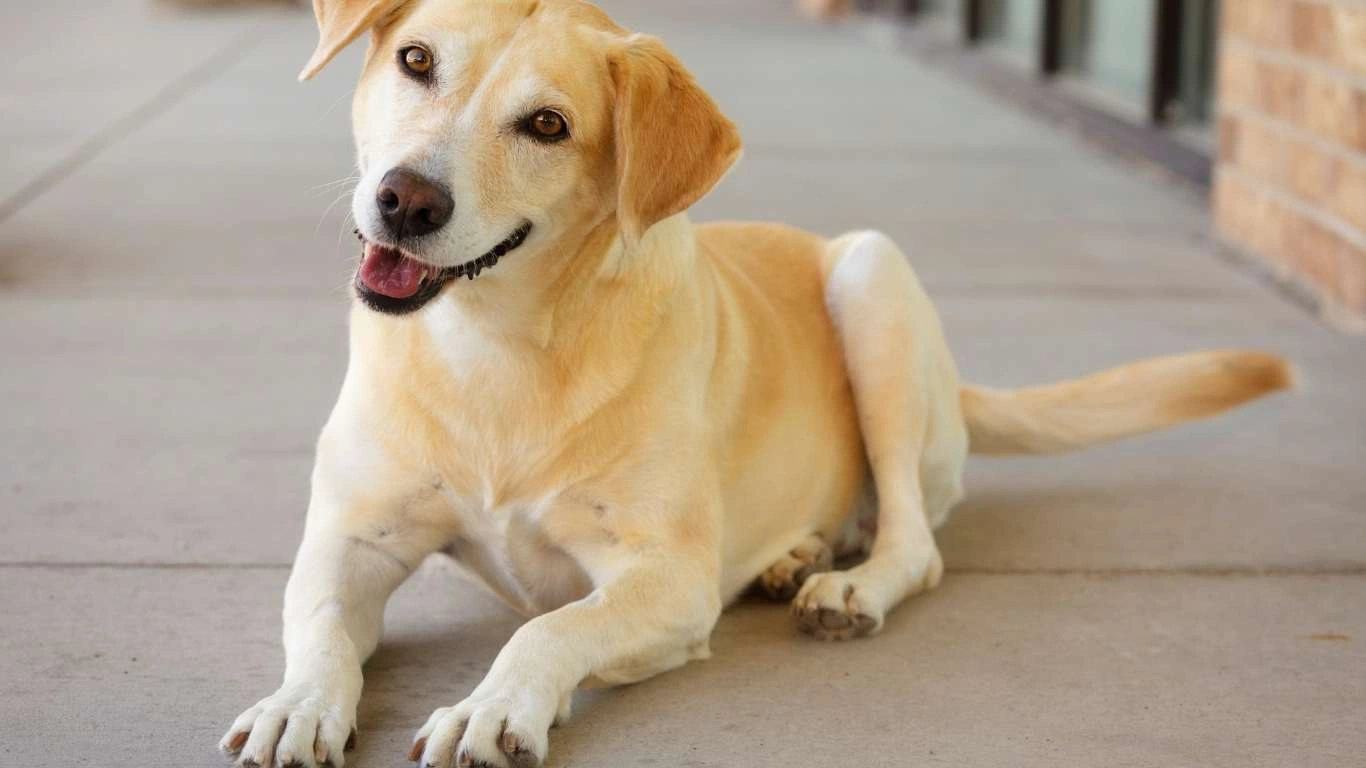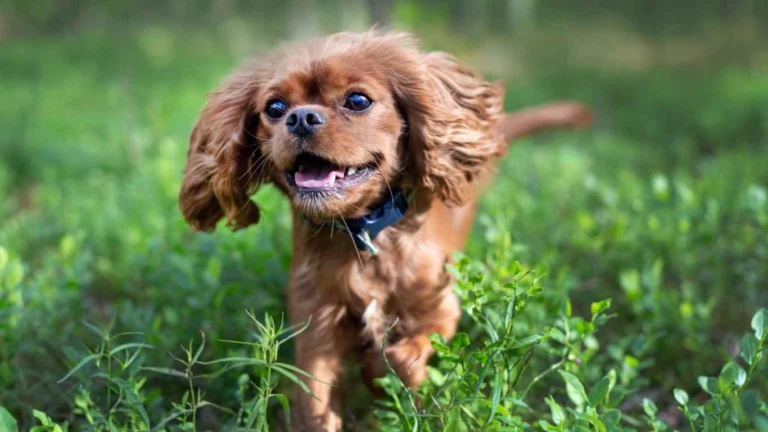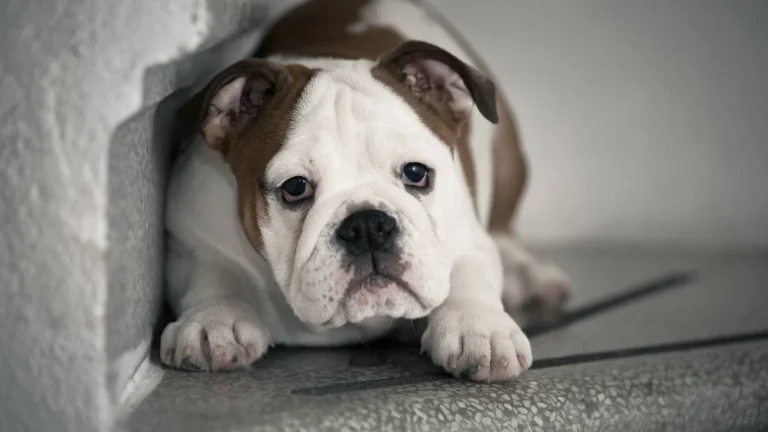The Importance of Iodine in Dog Nutrition: Boost Your Pet’s Health
As an Animal Care Specialist with years of experience in pet clinics and shelters, I’ve learned that many dog owners don’t fully realize the importance of iodine in their dog’s diet. While it may not be a topic that gets a lot of buzz, iodine plays a crucial role in your dog’s overall health and well-being. Iodine is an essential trace mineral that helps regulate thyroid function, supports metabolic processes, and contributes to healthy skin and coat. In fact, without enough iodine, dogs can face a range of health issues, from lethargy and weight gain to more serious thyroid disorders. In this post, we’re going to explore why iodine is so important in your dog’s nutrition and how you can ensure they’re getting enough of it.
What is Iodine and Why Does It Matter for Dogs?
Let’s break it down. Iodine is a mineral that is naturally present in certain foods and can be found in soil, seawater, and various foods like fish, dairy products, and iodized salt. In dogs, iodine is primarily used by the thyroid gland, which is responsible for producing thyroid hormones. These hormones help regulate your dog’s metabolism and play a key role in energy production, growth, and development.
When a dog doesn’t get enough iodine, it can lead to an underactive thyroid, also known as hypothyroidism. This condition can manifest in a number of ways, including weight gain, sluggishness, and even hair loss. On the flip side, an excess of iodine can cause hyperthyroidism, which is less common but still something to keep in mind. Either way, maintaining the right balance of iodine in your dog’s diet is essential for their health.
The Role of Iodine in Thyroid Health
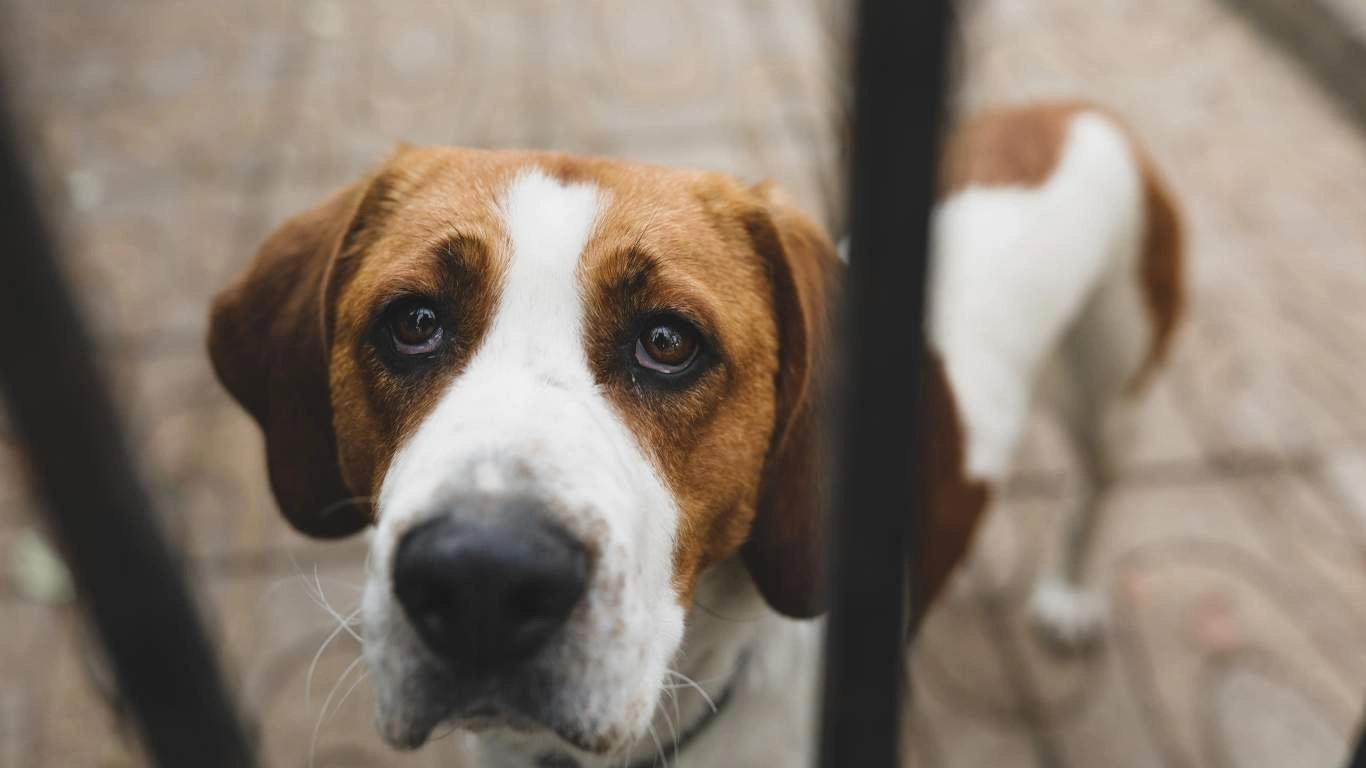
The thyroid gland in dogs is responsible for producing hormones like thyroxine (T4) and triiodothyronine (T3). These hormones are essential for regulating a dog’s metabolism and energy levels. Without enough iodine in their system, the thyroid cannot produce these hormones efficiently, leading to issues such as:
- Low energy and lethargy: Your dog might seem more tired or disinterested in their usual activities.
- Weight gain: Despite having a regular diet, they might start putting on weight without a clear reason.
- Dry skin and coat problems: You may notice their fur becoming dull, brittle, or thinning out.
- Digestive issues: Iodine deficiency can sometimes lead to constipation or other digestive disturbances.
In my experience working with both healthy and ill dogs, I’ve seen firsthand how an iodine deficiency can slow a dog down. Once they get the proper treatment and diet, it’s almost like watching a switch flip — they’re suddenly more energetic and alert.
How Can You Tell If Your Dog Has an Iodine Deficiency?
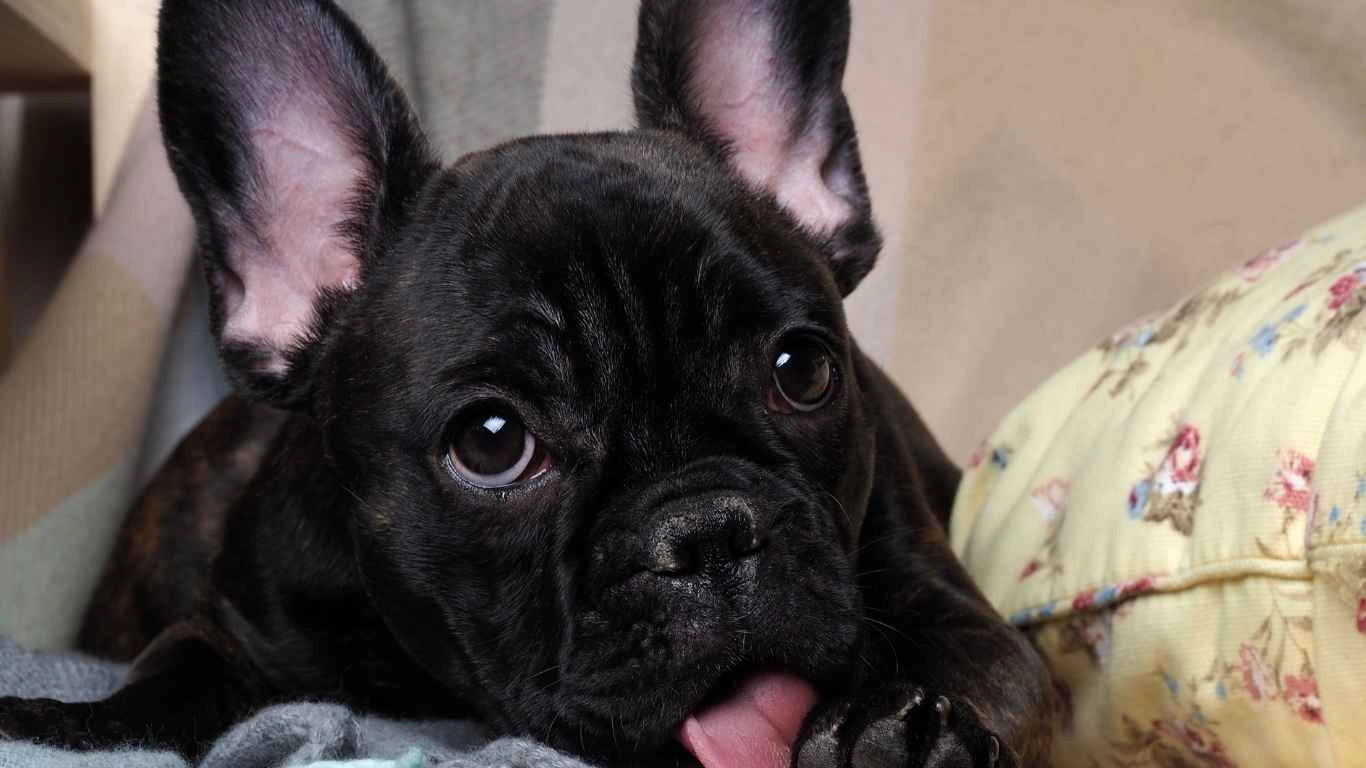
If you’re worried that your dog may not be getting enough iodine, there are several symptoms you can look out for. While it’s always best to consult your veterinarian if you have concerns, these signs can give you an idea of whether your dog’s thyroid may be out of balance:
- Weight gain despite a normal diet: Even if you’re not overfeeding, your dog might pack on the pounds if their metabolism is sluggish.
- Lack of energy: If your dog seems unusually tired, even after a good walk or playtime, it could be a sign of hypothyroidism.
- Skin and coat issues: Dogs with an iodine deficiency may develop dry, flaky skin, or their coat might start thinning.
- Behavioral changes: Dogs with thyroid imbalances can sometimes act more irritable or withdrawn.
Again, these signs aren’t definitive proof of an iodine deficiency, but they’re definitely something to keep in mind. If you notice these symptoms, a blood test from your vet can check thyroid hormone levels and iodine levels, helping to confirm if your dog has a deficiency.
How Iodine Deficiency Affects Dog Behavior
In my years of working with dogs, I’ve seen how their behavior can shift when they don’t get the proper nutrients. One of the more noticeable changes is how iodine deficiency can cause a dog to become more lethargic and less engaged with their environment. If you’ve noticed that your normally energetic dog seems a bit “off” or more grumpy than usual, it might be related to an iodine issue.
Interestingly, I’ve also observed dogs with iodine deficiency acting more withdrawn. This can be especially worrying for dog owners who may have a normally social and playful dog that suddenly starts isolating themselves. Sometimes, when the thyroid is off, dogs experience a dip in mood, just like humans do when their hormones aren’t in balance.
How to Ensure Your Dog Gets Enough Iodine

Now that we’ve covered the importance of iodine in your dog’s diet, let’s talk about how to make sure they’re getting enough. The good news is that iodine is found in many common dog foods, so if you’re feeding your dog a well-balanced diet, they’re likely getting an adequate amount. However, there are some key foods that are rich in iodine, which can help boost your dog’s intake:
- Fish: Fish like salmon, sardines, and tuna are rich in iodine and omega-3 fatty acids, which are great for your dog’s overall health.
- Dairy products: Some dairy products, such as yogurt and cheese, can provide a good source of iodine.
- Seaweed: Seaweed is an excellent natural source of iodine, and many high-quality dog foods include seaweed as a supplement.
If you’re concerned about your dog’s iodine levels, there are also iodine supplements available, though I always recommend checking with your vet before adding any new supplements to your dog’s diet. Too much iodine can also be harmful, so it’s important to find the right balance.
How to Balance Iodine in Your Dog’s Diet
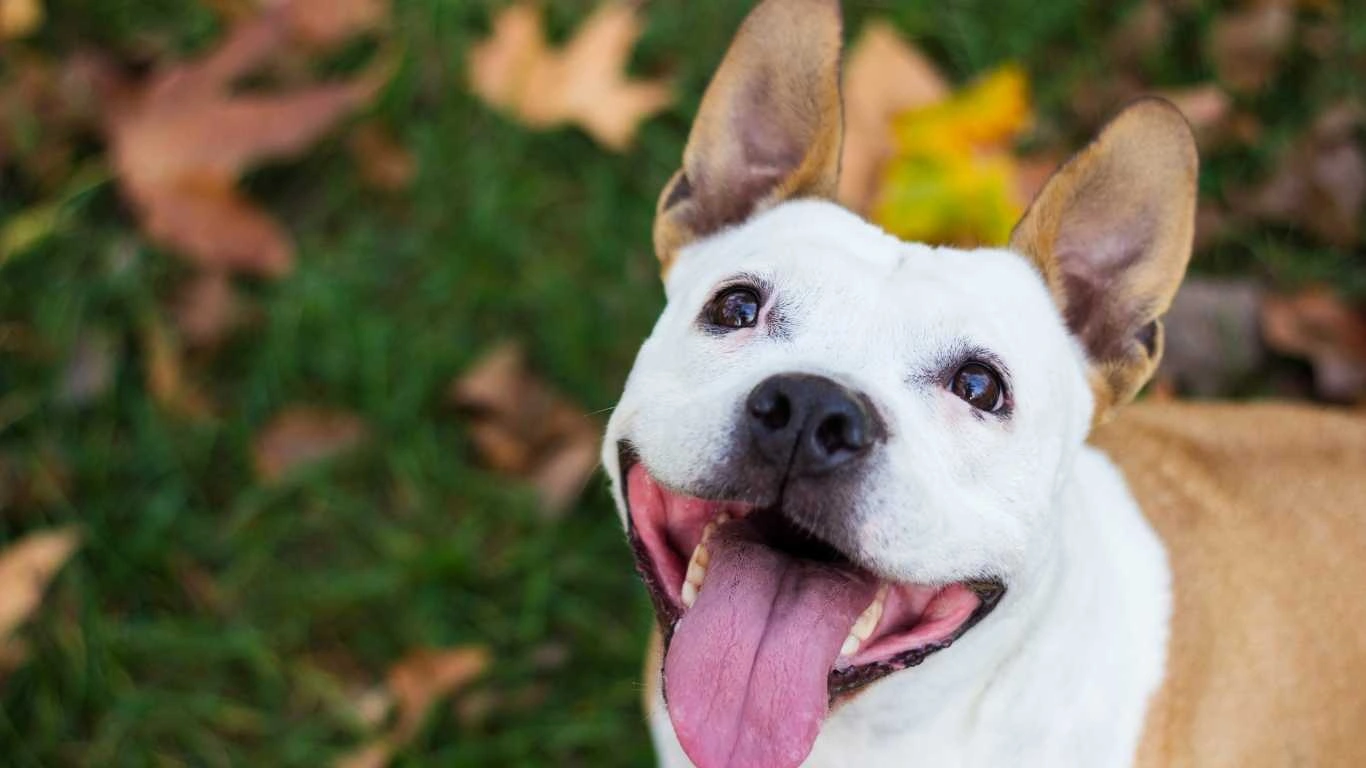
After discussing the importance of iodine and how it affects your dog’s health, you might be wondering how to maintain that perfect balance. Too little iodine can lead to a sluggish metabolism, weight gain, and skin problems, while too much iodine can cause the opposite effects, like hyperthyroidism. So, what’s the magic formula? The good news is, as long as you’re feeding your dog a high-quality, nutritionally balanced diet, you’re probably on the right track.
From my experience working with pets in clinics and shelters, I’ve seen a wide range of diets, and one thing I’ve learned is that moderation is key. For many dogs, iodine is included in their food, either naturally or in the form of supplements like kelp. However, it’s always a good idea to read the labels and consult with your vet to ensure that your dog is getting the right amount of iodine without overdoing it.
The Role of Quality Dog Food in Maintaining Proper Iodine Levels
One of the most effective ways to ensure your dog gets the proper amount of iodine is by selecting a high-quality dog food that is specifically formulated to meet their nutritional needs. Many premium dog foods contain iodine as part of their nutrient mix, especially if they include fish or other seafood in the ingredients.
I’ve worked with countless dogs who came in with issues related to poor diet choices, and it’s amazing how quickly they improve once they switch to food that’s better tailored to their nutritional needs. Look for foods that include ingredients like:
- Fish: Salmon, tuna, and sardines are excellent sources of iodine and omega-3 fatty acids.
- Seaweed (kelp): Kelp is one of the richest sources of iodine and is often added to dog food for its health benefits.
- Liver: While not every dog loves it, liver is a good source of iodine and other essential nutrients.
When choosing dog food, look for those that clearly list iodine as part of their mineral profile. Some high-quality dog foods even add trace minerals like iodine, which helps ensure that your dog’s thyroid stays healthy and their metabolism remains balanced.
Can You Give Your Dog Iodine Supplements?
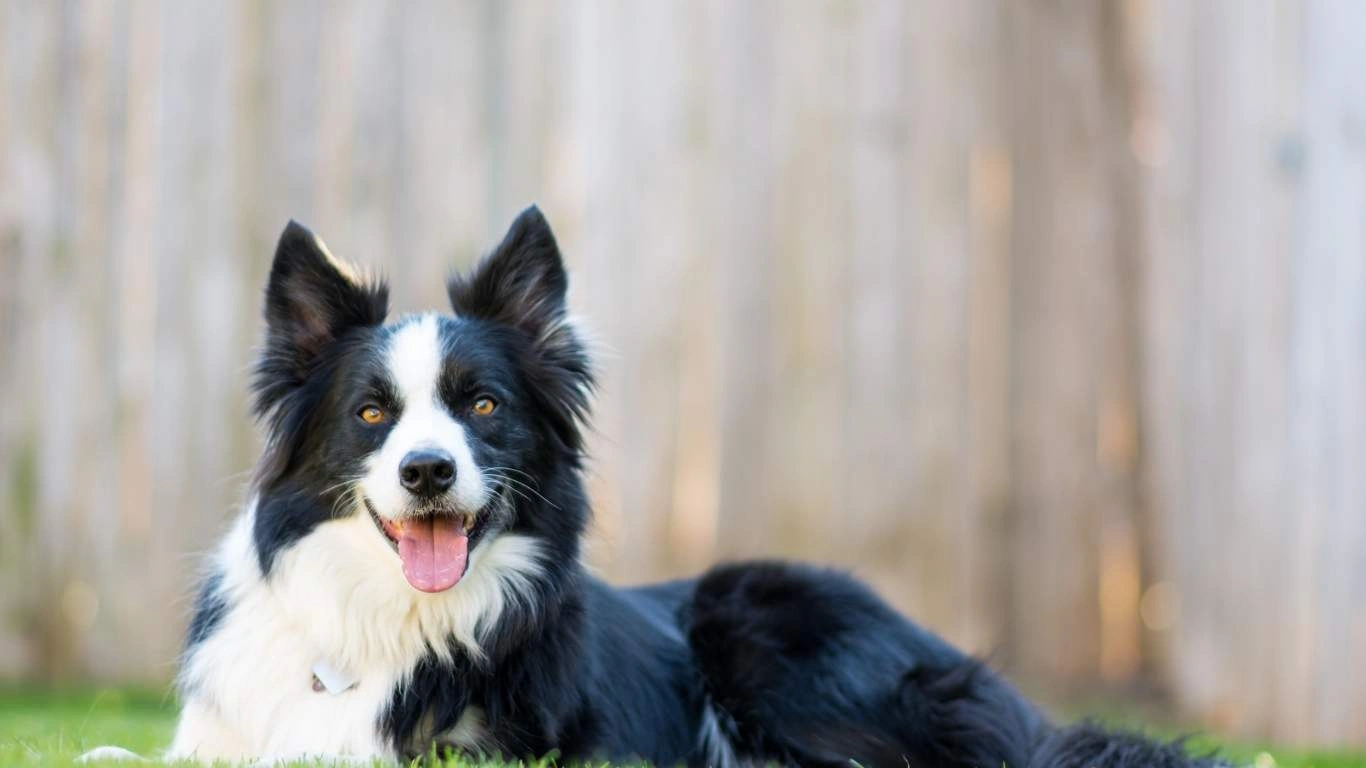
There’s a lot of debate about whether or not you should give your dog iodine supplements. In my experience, most dogs get plenty of iodine through their regular food, so additional supplements aren’t always necessary. However, if your vet diagnoses an iodine deficiency or if your dog is on a specialized diet (like a vegetarian or homemade diet), supplements might be recommended.
It’s essential, though, to never add iodine supplements to your dog’s food without consulting your veterinarian first. Giving your dog too much iodine can actually lead to a condition called hyperthyroidism, which can cause symptoms like weight loss, increased heart rate, and nervousness.
In some cases, I’ve seen dogs with iodine supplementation go from sluggish to sprightly — but only when it’s done under the guidance of a vet. That’s why a blood test is often the best way to determine if your dog needs extra iodine. And if your dog does need a supplement, your vet will know exactly what dose is appropriate for their size and breed.
Natural Sources of Iodine for Dogs
If you prefer a more natural approach, you can always incorporate foods rich in iodine into your dog’s meals. For example, adding small amounts of cooked fish like sardines to their food a couple of times a week can boost their iodine intake. Just be sure to remove any bones and watch the portion sizes, as fish can be high in fat.
Another excellent natural source of iodine is seaweed. I’ve seen some dog owners blend a teaspoon of powdered kelp into their dog’s food a few times a week to help maintain iodine levels. Not only does kelp contain iodine, but it’s also packed with other beneficial minerals like calcium, iron, and magnesium. Plus, many dogs love the taste, which is a bonus!
Signs Your Dog Is Getting Too Much Iodine
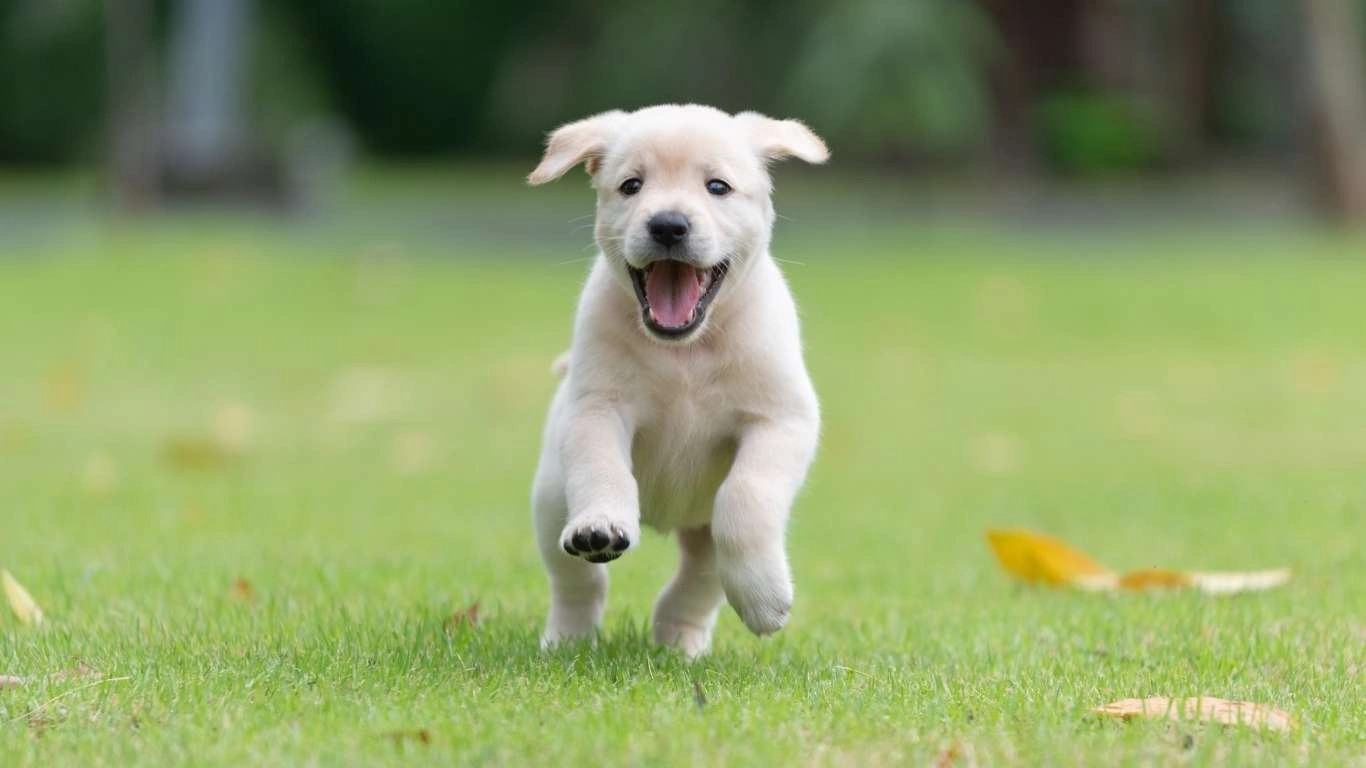
It’s easy to focus on making sure your dog gets enough iodine, but it’s just as important to make sure they’re not getting too much. Like I mentioned earlier, excess iodine can cause problems like hyperthyroidism, so it’s essential to strike the right balance.
Signs of iodine overdose in dogs can include:
- Weight loss: Even if your dog is eating normally, they might start losing weight.
- Increased heart rate: Hyperthyroidism can cause the heart to race, making your dog seem restless or even anxious.
- Excessive thirst and urination: An iodine overdose can mess with your dog’s kidneys, leading to increased thirst and frequent urination.
- Behavioral changes: Dogs with too much iodine may seem agitated or jittery.
If you notice these symptoms, it’s important to get your dog checked out by a vet as soon as possible. Your vet will be able to test your dog’s iodine levels and adjust their diet accordingly.
Preventing Iodine Imbalance: Best Practices for Dog Owners
The best way to prevent iodine imbalance is to feed your dog a nutritionally complete and balanced diet. If you’re unsure whether your dog’s food is meeting their iodine needs, don’t hesitate to consult with your veterinarian. They can recommend specific foods or supplements that will keep your dog’s thyroid functioning properly.
In my years of experience, I’ve seen the positive effects that come with proper nutrition. When owners pay attention to their dog’s iodine levels and ensure they’re eating a balanced diet, the benefits are clear. Their energy levels improve, their coats shine, and they’re generally happier dogs. You don’t have to be a nutrition expert to provide the best for your dog, but paying attention to their diet and overall health will pay off in the long run.
Managing Iodine Intake: Best Practices for Dog Owners

Now that we’ve covered the importance of iodine in dog nutrition, how to balance it, and signs of both deficiency and excess, let’s talk about practical, everyday tips for managing iodine intake for your dog. Managing your dog’s iodine intake doesn’t have to be complicated, but it does require some thoughtfulness. After all, your dog’s health and vitality are worth it! Through my years of working with dogs, I’ve seen what a difference a properly balanced diet can make, and it all starts with understanding the nutrients your dog needs. In this section, we’ll go over a few key tips that will help keep your dog’s iodine levels right where they should be.
Choosing the Right Dog Food
The best way to ensure your dog’s iodine levels are in balance is by choosing the right dog food. When it comes to nutritional needs, not all dog food is created equal. There’s a wide range of options out there, from budget to premium, and each food brand has its own formula. But how do you know if it’s right for your dog, especially when it comes to iodine?
As an Animal Care Specialist, I’ve seen the difference a high-quality, iodine-balanced dog food can make. Good dog food brands will list all essential nutrients, including iodine. Look for foods that include natural sources of iodine such as:
- Seaweed (kelp): A great natural source of iodine that is often added to dog foods.
- Fish: Salmon, sardines, and tuna are great sources of iodine and healthy fats.
- Animal liver: While not all dogs may love the taste, liver is packed with iodine and other important vitamins and minerals.
If you’re uncertain about the iodine content in the food you’re feeding your dog, don’t hesitate to check with your vet or consult the food manufacturer. In my experience, sticking to reputable, high-quality dog foods ensures your dog is getting the proper nutrition without the risk of an iodine imbalance.
Homemade Dog Food: A Cautionary Tale

While feeding your dog homemade food might seem like a great way to control their diet, it does come with risks, particularly when it comes to iodine. It’s easy to overlook the specific nutrients your dog needs when you’re making their food yourself. One common mistake I’ve seen time and time again is owners not balancing their dog’s iodine intake, especially when they don’t include iodized salt or iodine-rich foods like seaweed.
If you choose to prepare homemade meals for your dog, it’s crucial to consult with a veterinary nutritionist to make sure you’re meeting all their nutritional needs, including iodine. They can help you design a well-rounded meal plan that incorporates a variety of ingredients, including iodine-rich sources. I’ve worked with many clients who, after making the switch to a balanced homemade diet (with expert guidance), noticed a huge improvement in their dog’s coat, energy levels, and overall health.
The Dangers of Iodine Deficiency vs. Overdose
While iodine is essential, both deficiency and overdose can cause major health issues for your dog. In my time working with pets, I’ve seen the long-term effects of iodine imbalance, and trust me, it’s not something you want to ignore. If your dog’s iodine levels are too low, it can lead to hypothyroidism, which can cause symptoms like lethargy, weight gain, and hair loss.
On the other hand, too much iodine can result in hyperthyroidism, which can cause excessive thirst, weight loss, and behavioral changes. It’s a delicate balance. That’s why I always recommend checking your dog’s iodine levels with your vet if you’re concerned, especially if they show signs of any of the conditions mentioned above.
And remember, if your dog is on a special diet, whether due to health concerns or personal preferences (like a grain-free or raw food diet), always talk to your vet about potential iodine imbalances. I’ve seen dogs who were thriving on specialized diets, but their iodine levels were all over the place simply because they weren’t getting the right food sources or supplements. So, don’t guess — ask your vet for professional advice!
When to Consult Your Veterinarian
Even with all this knowledge at your disposal, there may still be times when you need to call in the experts. If you notice symptoms like sudden weight gain, sluggishness, or skin problems that don’t seem to improve, it’s time to consult your veterinarian. They’ll be able to run blood tests to check thyroid function and iodine levels, and based on the results, recommend dietary adjustments or supplements to get your dog back to their healthy self.
It’s also important to remember that dogs are all unique. Some breeds may have specific nutritional requirements that are different from others, which is another reason why a customized approach works best. For example, large breeds or older dogs may have different iodine needs compared to small or young dogs, so working closely with a vet can help keep them on the right track.
Regular Check-ups and Monitoring Your Dog’s Health
The best way to ensure your dog stays healthy and maintains proper iodine levels is through regular check-ups. I can’t stress this enough — proactive care is always better than waiting for something to go wrong. In my professional experience, the dogs that received routine vet visits tended to have fewer health issues, and when something did come up, it was often caught early. Regular blood work and monitoring your dog’s weight, energy levels, and coat condition can give you clues about their iodine levels and overall health.
When it comes to iodine and overall nutrition, the key takeaway is to ensure your dog gets a well-rounded, balanced diet that supports all their nutritional needs. Whether that comes from commercial food, homemade meals, or supplements, it’s all about finding the right balance. And with the right care and attention, your dog can thrive with the energy and vitality they deserve!
References
Disclaimer: The information in this article is intended to provide general guidance and should not replace professional veterinary advice. Always consult with your veterinarian before making any significant changes to your dog’s diet or health routine. Each dog has unique nutritional needs, and your veterinarian can help you create the best plan for your pet’s health and well-being.
